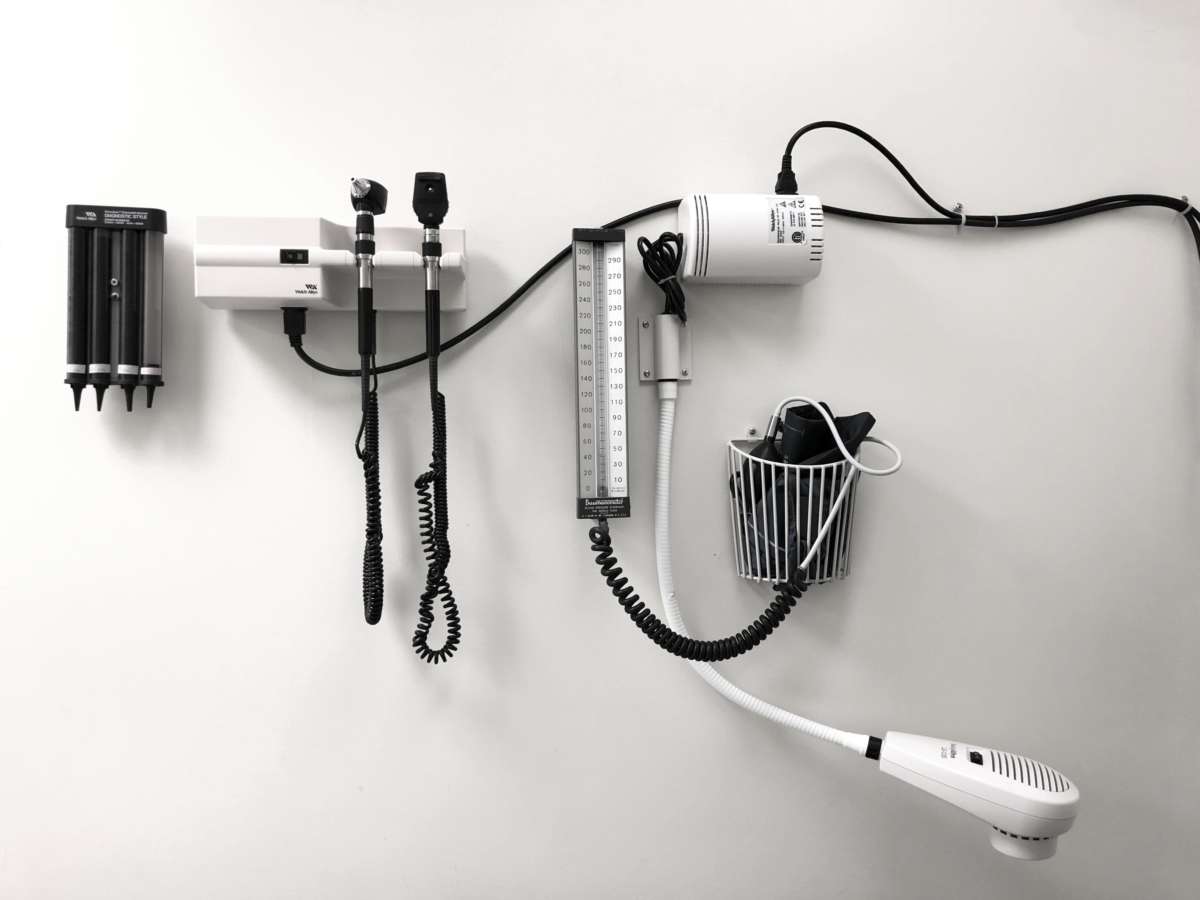COVID-19 catalyzed the telemedicine revolution, but the industry was already headed in that direction, albeit slowly. Today, electronic records, portal appointments, and more, increasingly rely on software and technology to provide care to patients. While this makes it easier for high-risk patients to avoid exposure to pandemic viruses, it also creates problems for providers, specifically when they are required to observe patients over small screens and poor feeds.
Telemedicine lawsuits are a risk for most healthcare providers today. In this article, we’ll discuss some of the most common risks that telemedicine creates.
Issues With State Laws
Specific aspects of medical law are drafted at the state level. When a doctor or clinic takes an out-of-state patient, this can create a legal snarl for them. Since doctors are given licenses by individual states, they may be breaking laws without realizing it. If a patient is injured, they may be able to file a malpractice lawsuit against the doctor and allege legal wrongdoing. It is a consideration that those who provide telemedicine will have to consider when dealing with out-of-state patients.
Data breaches
Data breaches, hacking, and ransomware remain major problems for companies that provide telemedicine. Even hospitals are potentially susceptible to ransomware attacks and lawsuits have been filed over deaths caused by service outages. Data breach lawsuits within the healthcare industry are complicated by HIPAA legislation that gives rise to lawsuits against healthcare providers. With more patients relying on portals, a software failure can result in a medical malpractice lawsuit. Problems with electronic records are also giving rise to more medical malpractice lawsuits.
Diagnostic Errors
Diagnostic errors remain the most common type of medical malpractice lawsuit filed against doctors and health care clinics. Telemedicine does not make diagnostics any easier. In fact, it is likely to make diagnostics harder.
Informed Consent
Medical providers can run the risk of medical malpractice lawsuits if they do not inform a patient concerning the risks of telemedicine versus in-person appointments. If a patient is injured due to something missed in a telemedicine appointment, then the patient may have grounds to sue on the basis that the telemedicine appointment was a substandard form of care. Medical providers are expected to know when telemedicine could be potentially dangerous to a patient and err on the side of caution.
The Biggest Problem With Telemedicine is…
A lack of regulatory infrastructure. While telemedicine has been around since the 1950s, Americans are relying on it more now than ever before. This means that the number of telemedicine-based malpractice lawsuits is increasing. On the plus side, telemedicine allows patients access to the best quality care even if they cannot physically make it to their appointments.
Nonetheless, the regulatory infrastructure has yet to keep up with the increased demand for telemedicine leaving patients, practitioners, and even attorneys and the courts in the dark about what standards should apply.
Talk to a Los Angeles Health Care Civil Defense and Corporate Attorney Today
Corporate attorneys protect your business from lawsuits well before the lawsuit is actually filed. Call Carbon Law Group today to discuss your needs and we can prepare a plan to protect you from telemedicine lawsuits.





